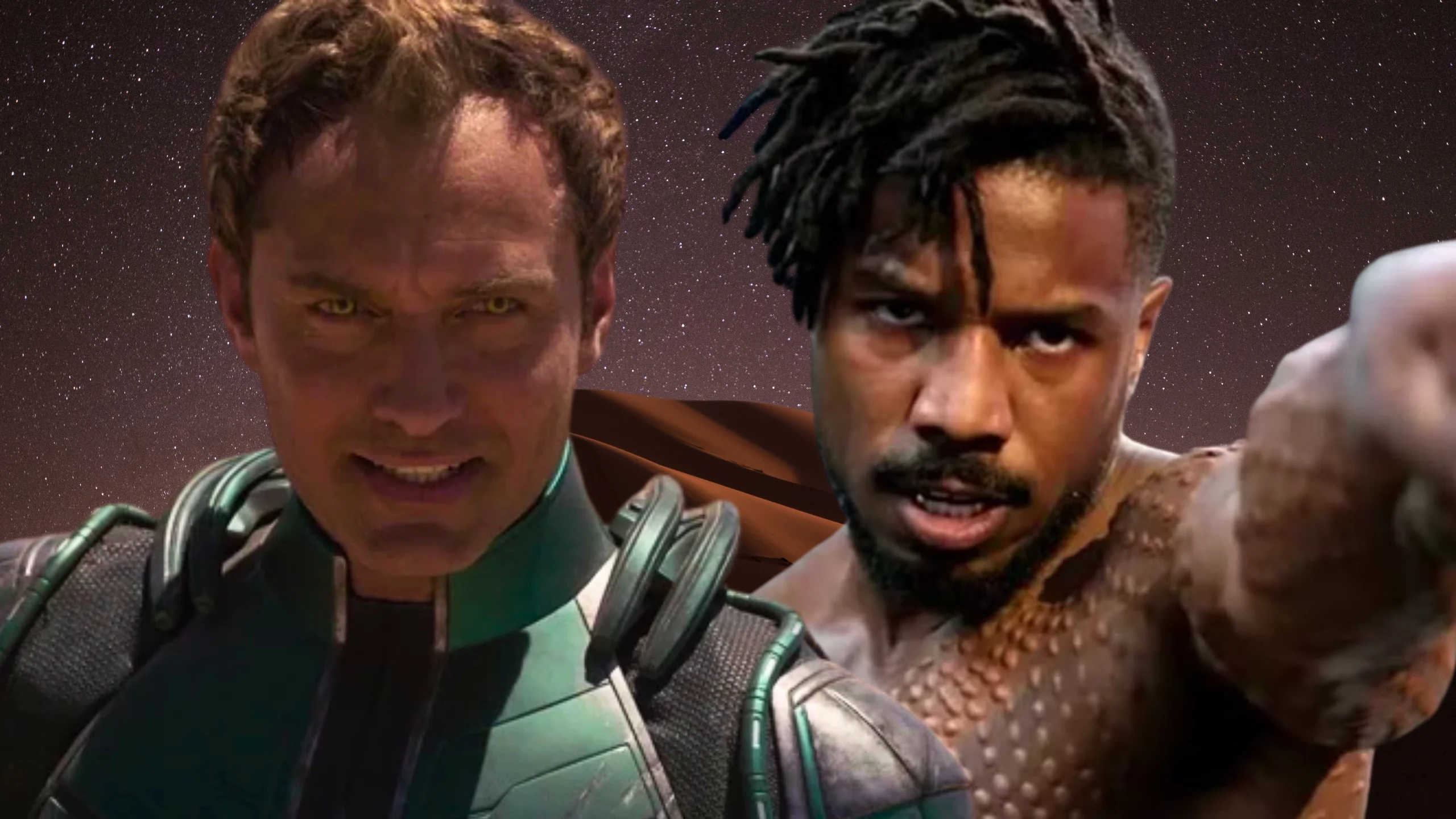Netflix has released a series called Leila. It’s based on a book by the same name by author Prayag Akbar, but some people are calling it anti-Hindu propaganda. So, this very first episode of my vlog is going to be about dystopias.
Any civilization is defined by the stories that it tells about itself, and every civilization has the right to do so. America, for example, has a narrative that puts it in a very special place. America is seen as a savior and a protector, a defeater of alien invasions and all that. But here’s the thing: no civilization or culture can be defined by just one kind of story.
There is an excellent TED Talk by Chimamanda Ngozi Adichie called The Danger of the Single Story, and it is about how, when we only hear one kind of story about a culture, the picture that we get about that culture is not complete. Once upon a time, the only stories one heard about India had to do with poverty, dirt, and superstition. And these stories created a very limiting impression of India in many people’s minds. Now, we have a very different problem, but we’ll get to that in a while.
Let’s talk about what a dystopia really is. Is it an insult? Is it something bad? Is it something that, when a writer writes a dystopia about a culture, the writer is insulting that culture in some way? Well, for a start, dystopias are never about the present. They’re not about what is; they are always about what can possibly be. The writer who creates a dystopian story does not want that world to happen. How can he? Who wants to live in a world where totalitarianism exists, energy crises exist, there is no water, mountains of garbage loom everywhere, and people are killing each other?
The writer only sees the seeds of that possible future in the present and then extrapolates. Somehow, he sees a future that might come into being, that might happen if we are not careful, and wants to warn us against it. I think the thing about dystopias is that they assume a fundamental decency in the reader or the viewer. If a writer creates a horrific future and the reader goes, “Yeah, that’s awesome,” then the writer has kind of failed, or he has not reached the right audience.
So, I guess the fact that so many Hindus, surrounded by their ideas of purity and cultural superiority, are horrified by Prayag Akbar’s portrayal of future India is actually a good thing. It means that they share a feeling of horror at the thought that India might turn out to be like that.
Of course, when you read a story like that or watch a story like that, you can react in one of two ways. You can say, “Wow, that’s a serious problem, and we need to do something about it,” or you can go into full-blown denial. You can say, “Such a thing can never happen here because we are awesome. Nothing is wrong here. Everything is fine. All these reports of bad things happening to minorities and the lives of people without as many privileges as us, these stories are just made-up propaganda. These things are not true.”
Think of some of the most popular stories in cinema and literature in recent times that are set in India. You will find that many of them, if not most of them, are set in the past or have something to do with the past. They are either historical dramas, mythological tales, or even fantasy stories that are greatly inspired by the past-centric view of India. Now, look for a story set in India’s future. A story about where India goes tomorrow, a story that is set in a world that is the result of a present, just as the actual present is a result of India’s past. There aren’t many stories about that world. There aren’t many stories about India’s future, and there need to be more such stories.
We seem to be unable to process the future. Future blindness, I want to call it. It’s the tendency to think that the past is enough and that all we need is the past and that the future will take care of itself if we just ignore it and keep singing bhajans in praise of ancient India.
I honestly don’t understand all the whining about Leila, because I don’t see why people are calling it propaganda. I don’t think we have a problem with propaganda. We don’t have a problem with propaganda when it comes in the shape of patriotic movies or historical dramas or epic fantasy stories or stories featuring soldiers who send the enemy flying through the air with one punch. We don’t think of those things as propaganda. Things only get called propaganda when they show us the ugly side of our culture, when they show us the mirror, and we don’t like what we see.
India is not a perfect place. It never has been, and it probably never will be, which is why it is all the more important to never forget that every possible bad future that a dystopia might contain is very real. And please don’t tell me the discrimination exists in every country. I know it does, but that’s not a solution. What kind of a world do we live in when we see an open gutter, and we are about to close it, but then we see that there is an open gutter in someone else’s backyard and we say, “Yeah, this is not a problem because he also has an open gutter in his backyard”?
In what universe does such an approach ever solve any problem? In fact, when someone offers that excuse, you can pretty much just assume that they don’t want the solution. Why? Because the problem does not affect them personally.
And I think that’s where most of the angst against Leila is coming from. These are not people who don’t see the point. They just don’t want to acknowledge that there is a problem. They have been shown a mirror, and they are in denial. They want to continue pretending that things are not as bad as a storyteller might tell them.
We need more stories set in India’s future. The past is just not enough, and we need these stories to go into both optimistic and pessimistic aspects of India. We need to balance the scales. We need to have more than one kind of story about India.



Leave a Reply